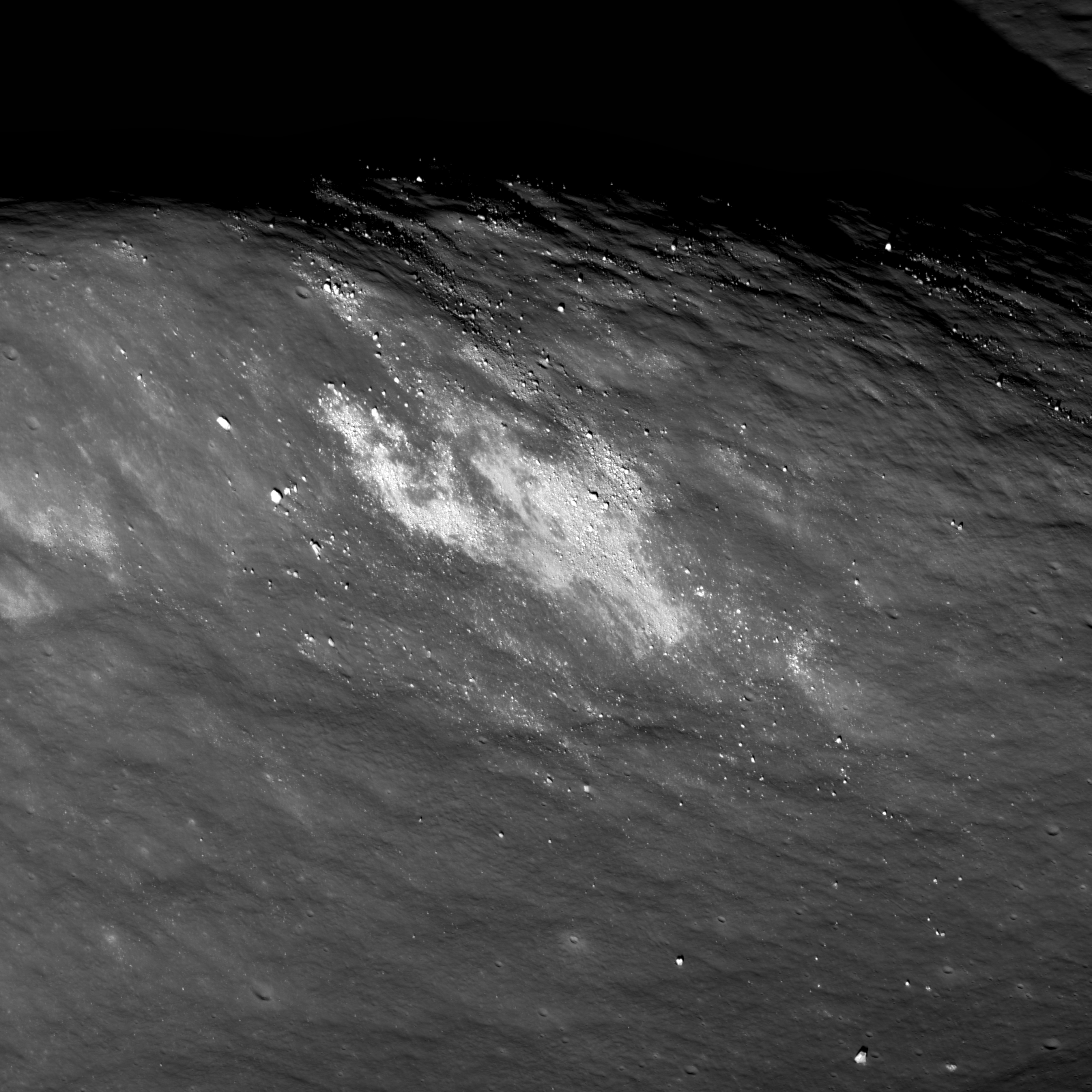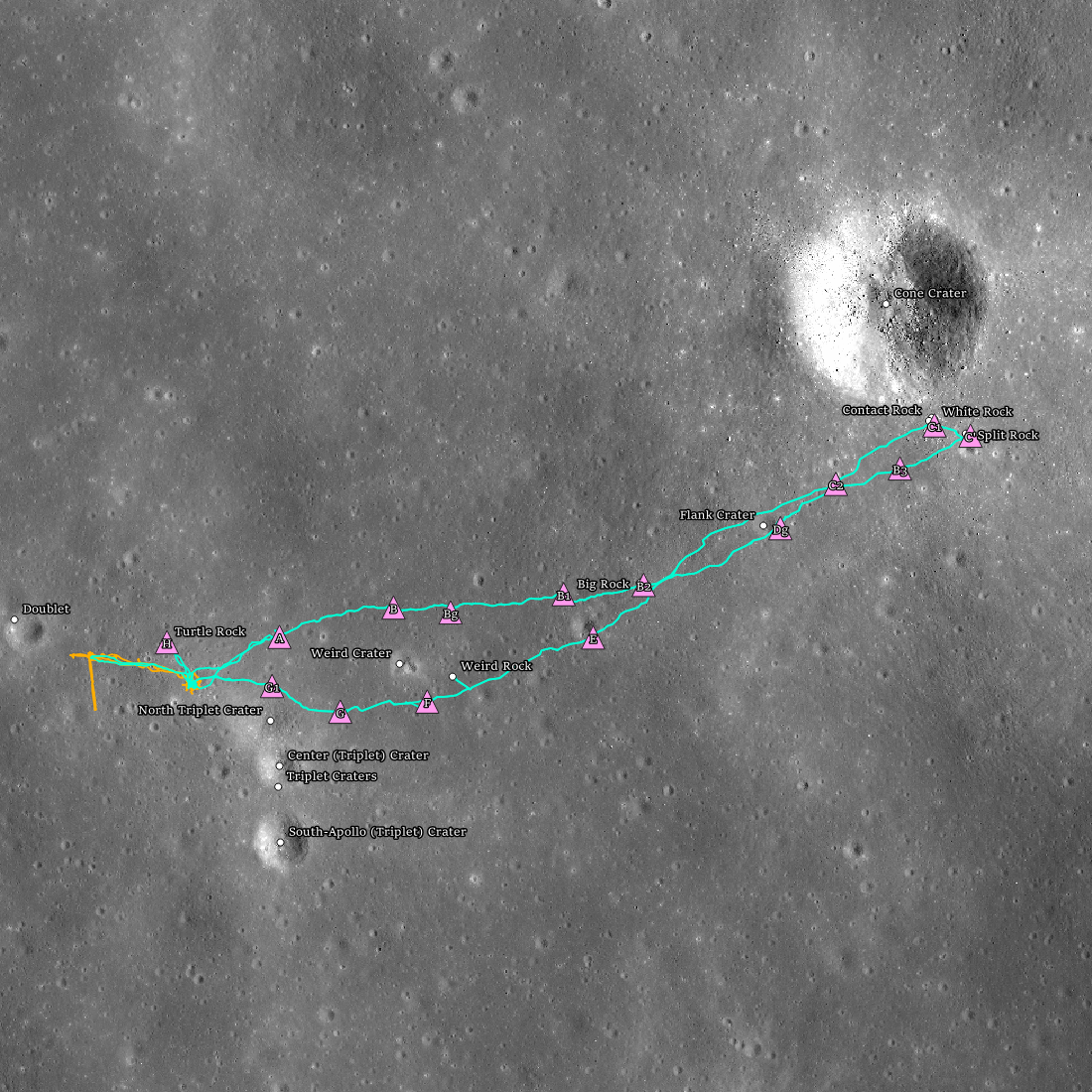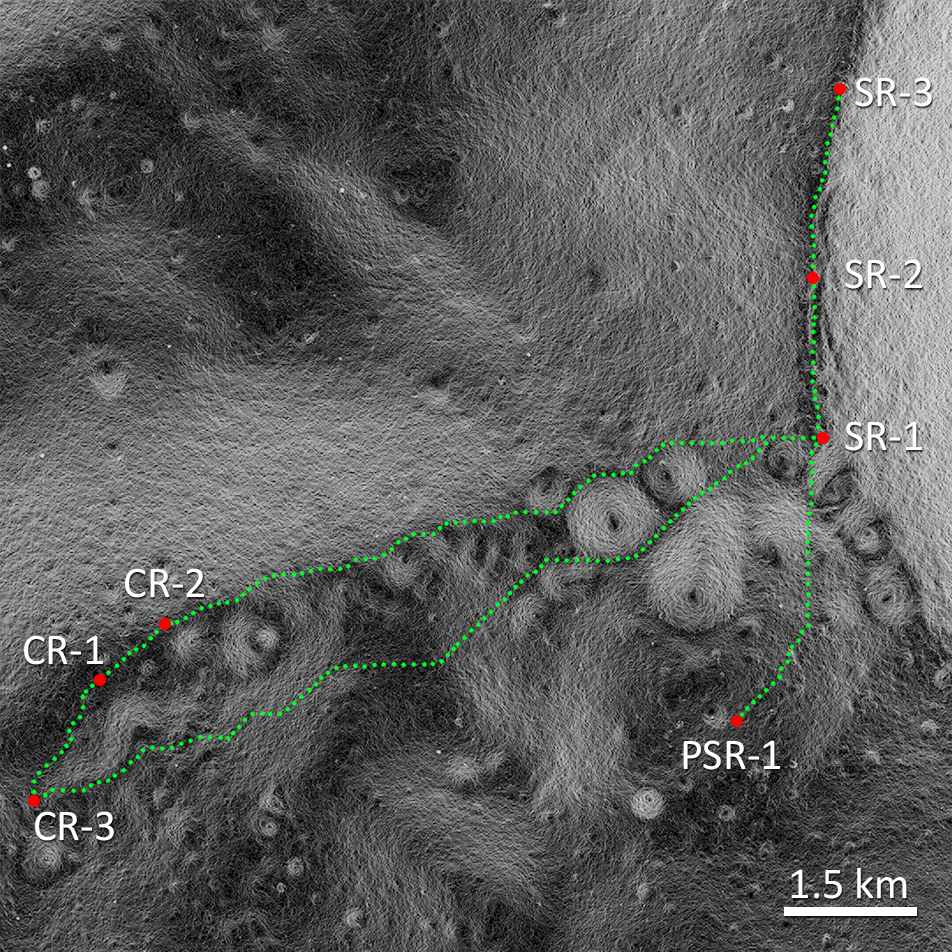
18″ Starmaster + camera Lumenera Infinity 2-2 + 2.5X Powermate barlow + red filter 354 images stacked with Registax 4 beta. Note: This is a classic LPOD from S6 yrs old but still perhaps the best image of this area!ġ2 September 2006. The LRO passed over the landing site on September 17 and acquired a set of high-resolution images of the area so far the LROC team has not been able to locate or image the lander.

This is very peculiar! Most of the small craters in this image are secondaries, but can you find the two short lengths of elongated and overlapping craters that are volcanic collapses? Keep looking at every bit of the image to find more fascinating bits to explore and try to understand. Near its north end the famous sinuous Diamondback Rille (middle right) is crossed by a short rille segment that turns into a curved ridge. Smaller, more classical domes, are apparent in the upper right area too. But this image suggests a very low third dome of similar size, to Arago’s southwest and exactly in line with the other two. Are there three Arago domes? The crater Arago (upper left) is famous for the two nearby domes, one to the north and another to the west. Here are some of the things to pop out from the extreme enhancement. The story is more interesting, but the image is more tonally stark. Mike Wirths sent a wonderful image of most of Mare Tranquilliatitis and I strongly enhanced it to reveal delicate rilles and subtle domes. The complete new geological map of the moon including legends is available here.Image by Michael Wirths, Baja California, Mexico These geological map legends are available here: Perhaps a lunar geological expert can chime in? So, if I'm reading this correctly, this area is somewhere between 3.16 and 3.85 billion years old. There is also this little blue triangle which marks the area with 'Mg-suite', could mean something? There are a lot of these markers which dot the Imbrium Basin Rim all the way down through the Alpes and large concentrations through the Appennines. The Imbrium era is classified as being between 3.16 and 3.85 billion years old as defined in the Geologic Time Scale legend also available below. Example of Quickmap interface illustrating perspective view of Tycho Crater. Additional examples will be discussed and illustrated. This leads to the question of why, and hopefully a discussion of the erosion process on the Moon. LRO products exist in relatively straight forward image formats like ‘.TIF’, or ‘.PNG’ format, to much larger ‘.IMG’ files with different levels of treatment. This was snipped from the legend image available below. For example, one can show how, for a small set of craters, the depth-diameter ratio varies as a function of degradation. Your welcome jonbosley, this is fun stuff! In this image, the blue 'Ibr' legend key stands for 'Imbrium Basin Rim' information, which categorizes this blue part as being a non classified area in the Imbrium era.
#Lro quickmap free
Also it seems it is non-mare in composition so unlike both craters it is free of Imbrium basin ejecta, so is it a relatively younger formation then both craters? Just gets more interesting. Thanks Rob the excellent LTVT topography map pretty much confirms it is an interlocking pass between the two craters with a lower floor then the east, west walls and choke point near the J.


This NASA LRO/LROC quick map shows it better. Maybe more of a pass then a valley but definitely a feature worthy of more discussion. Lunar QuickMap delivers exciting new features and layers for enhanced customization and data analysis. Herschel, though narrowing quite considerably compared to the more prominent v on the Anaximander side. It does show a much steeper western wall but I believe it does extend into J. Lots of lunar features may not be named, but this looks mostly like part of Anaximander. There is an elevation rise along this "valley's" western side, but might be part of the ancient ramparts of Anaximander. In fact, if it were a connecting "valley" between the two craters, it doesn't really show up in elevation much very far beyond Anaximander's rim, as the LRO Quickmap profile shows the highest point of the "valley floor" to be on or just outside of J.Herschel's rim at around the mean elevation of the rim area and about 1.2 to 1.7 km above the floors of both craters. NASAs Lunar Reconnaissance Orbiter (LRO) took the picture, which was released along with a flood of other. I think now we have perfect match on location and it was just lighting due to sun elevation throwing us off. A powerful NASA probe has created the most detailed view yet of the far side of the moon. It looks like more of one of the multiple depressions in the walls of Anaximander rather than a true valley, as from the LRO Quickmap's polar projection, it does not appear to extend into J. In previous thread we discussed the image taken by Orbiter High Resolution Camera (OHRC) payload on Chandrayaan-2 orbiter as visible on Mission Operation Complex (MOX) screens for few moments.


 0 kommentar(er)
0 kommentar(er)
